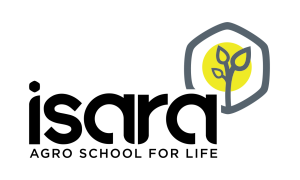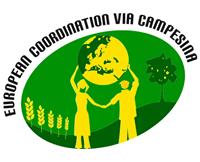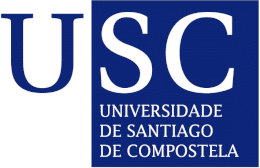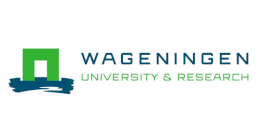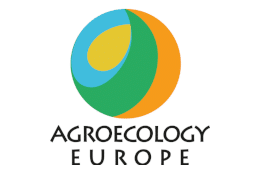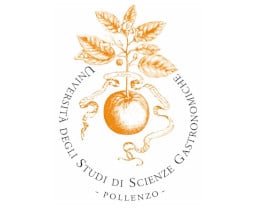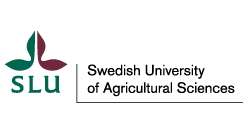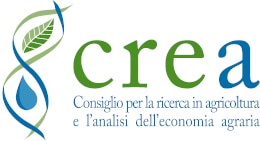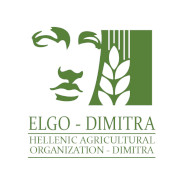To scale up agroecology, it is critical to document and analyse its development in different contexts. This is necessary to attain larger insights into the state of play in agroecology and support its expansion and use at the policy level. Based on the mapping of agroecology in different European countries, AE4EU (Agroecology for Europe) and Agroecology Europe have launched two volumes of a book series that presents the latest findings on the development of agroecology in Europe.
Mapping the Development of Agroecology in Europe aims to provide an overview of the reality of agroecology in different European countries.
The first volume documents the development of agroecology in thirteen European countries: Albania, Austria, Bosnia, Bulgaria, Croatia, Germany, Greece, Italy, Kosovo, Malta, Montenegro, North Macedonia, and Romania. It describes 112 initiatives, examples, cases, and programmes linked to agroecology, and the development of agroecology in these European countries as well as the diversity of use of the concept.
The second volume covers eleven new countries: Denmark, France, Hungary, Ireland, Moldova, the Netherlands, Portugal, Slovenia, Spain, Sweden, and the United Kingdom.
The second volume of the country reports series enlarges the documentation, analysis, and development of agroecology in Europe and provides examples of implementation in different countries. Moreover, it provides an overview of the current state of agroecology in each country and the barriers and perspectives for the future development of agroecology in Europe.
More information on the methodology
This mapping is not foreseen to be completely exhaustive, but rather illustrative, synthesising and providing key information on the road to building a common understanding of agroecology, as well as its development at the European level. Diverse visions, definitions, and uses of the concept of agroecology exist in different countries, but a gradual convergence can be observed. This volume illustrates what needs to happen for the development of agroecology in Europe. Yet more countries are being mapped for the following volumes of this series to give broad analysis and enhanced insights for the future development of agroecology in Europe.
The mapping was carried out under the Agroecology for Europe (AE4EU) Horizon 2020 project, for two countries in cooperation with the ALL-Ready project, and through a LIFE operating grant that funded many organisations and mappers who conducted research in European countries.
You can find the books open access here:


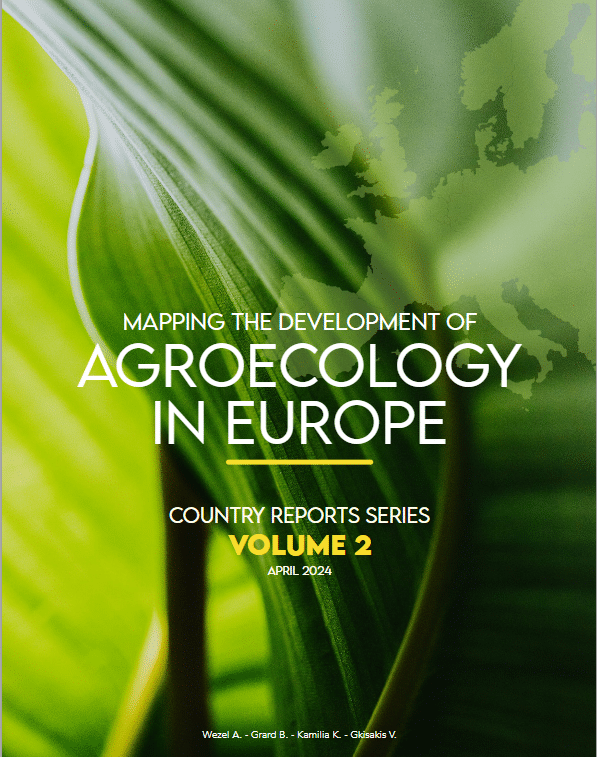

 #7 AE4EU Newsletter – January 2024
#7 AE4EU Newsletter – January 2024